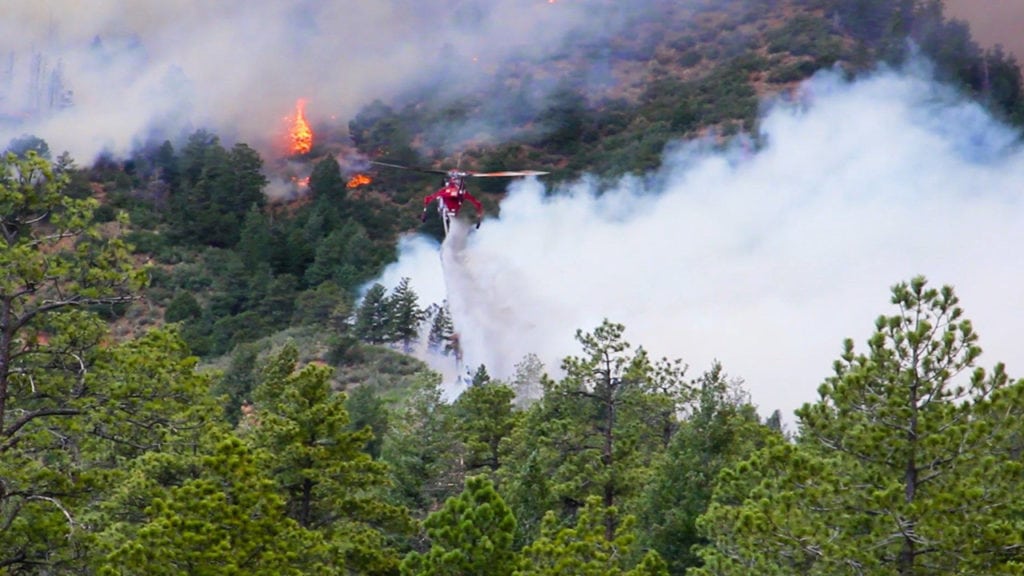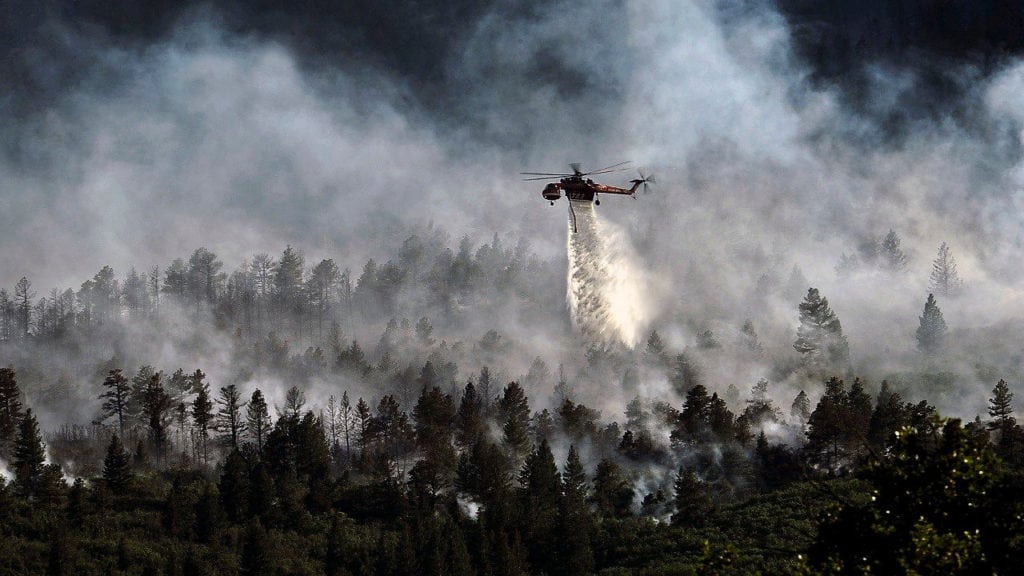
COLORADO SPRINGS – Even with the backdrop of a nighttime sky, when wildfires tend to cool down, there wasn’t much Colorado Springs firefighters could do.
The Waldo Canyon Fire was already wreaking havoc in Colorado Springs in the summer of 2012.
“Fire everywhere, burning buildings everywhere. Complete destruction, chaos, confusion. Cars abandoned on the side of the road. Cars on fire. It was just utterly unbelievable the destruction,” said Lt. Rick Schmidt, a wildland specialist with the Colorado Springs Fire Department.
Wildfires have devastated our community before, and they will likely inflict damage again in the future. That was part of a News 5 special report, “Fire Line: Readiness and Response”, taking a closer look at the city’s wildfire risk, how firefighters are preparing to fight wildfires and what homeowners can do to minimize their risk level.
News 5’s Sam Kraemer spent a week alongside the department’s 2019-1 Training Academy for wildfire training.

The course includes several hours of classroom instruction, where firefighters learn about the basics of wildfires, how fires behave and how they respond to them. They are required to take tests too, before going outside and putting their new skills to work in the field.
Eventually, the class culminates with a pair of mock fire simulations. Though no flames are used, the firefighters get hands-on experience responding to an incident and dealing with the number of variables in play, like changing weather, structure protection and more.
“Structures are important. People’s valuables are important. We’ve sworn an oath to protect our city and protect our citizens, but we don’t want to die doing it. A tree, grass isn’t worth somebody’s life,” said Ryan Barritt, a driver/engineer for the department.
As extensive as the training is, the Colorado Springs Fire Department stressed the importance of homeowners mitigating their properties. The mitigation work may not save the home every time, but it greatly impacts the potential firefighters have to protect it.
Generally, firefighters are looking for defensible space around your home that they can then use to protect the building. They’d like at least 15 feet immediately around the home, and 20 feet from the tops of trees to your roof. Keeping your grass cut, not planting flammable materials near your home and having your property clearly marked with an address all will significantly help firefighters.
For more information, click here.

